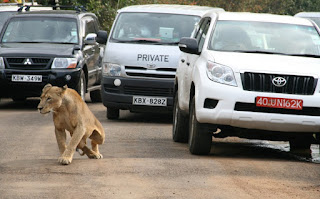
Koi literally means ("brocaded carp"), are ornamental varieties of domesticated common carp (Cyprinus carpio) that are kept for decorative purposes in outdoor koi aquariums or water gardens.
Koi varieties are distinguished by coloration, patterning, and pattern of scales. Some of the major colors are white, black, red, yellow, blue, and cream. The most popular category of koi is the Gosanke, which is made up of the Kohaku, Taisho Sanshoku, and Showa Sanshoku varieties.
The common carp is a hardy fish, and koi retain that durability. Koi are cold-water fish, but benefit from being kept in the 15–25 °C (59–77 °F) range, and do not react well to long, cold, winter temperatures because their immune systems are very weak below 10 °C. Koi ponds usually have a metre or more of depth in areas of the world that become warm during the summer, whereas in areas that have harsher winters, ponds generally have a minimum of 1.5 m (5 ft). Specific pond construction has been evolved by koi keepers intent on raising show-quality koi.
The bright colors of koi put them at a severe disadvantage against predators; as they are easily spotted and preyed upon. Koi are very hardy. With proper care, they resist many of the parasites that affect more sensitive tropical fish species, such as Trichodina, Epistylis, Ich and other ciliated protozoans. Two of the biggest health concerns among koi breeders are the koi herpes virus (KHV) and rhabdovirus carpio, which causes spring viraemia of carp (SVC). No treatment exists for either disease.
The koi fish farming is a money-making venture as the fish can grow to 3 feet long,as they can grow 2 to 6 inches a year.The koi with the right body confirmation increase their prices and hence raise profit of farmer. Koi can survive extreme winter conditions by being dormant at the bottom of the pond where water temperature is warmest.The key to their survival is to put a hole in the ice so that oxygen can enter and carbon dioxde exits.
The biggest threat to koi survival is water conditions as the fish cannot tolerate ammonia levels. The pond must have a functional filter to remove waste produced otherwise you find them dead,belly-up in the pond. The koi fish excrete ammonia through their gills and in their waste,a pond without a filter to process the ammonia will eventually lead to ammonia buildup leading to pollution of the water and death of fish.
Fish must eat at least twice a day and are fed ready-made pellets. They also require at least 47 percent protein in their diet to ensure proper growth. The fish attract a high percentage of profit as the niche of clients are very rich,but also they require care to reproduce and thrive. A farmer is making money breeding and selling ornamental fish ,
see how



















